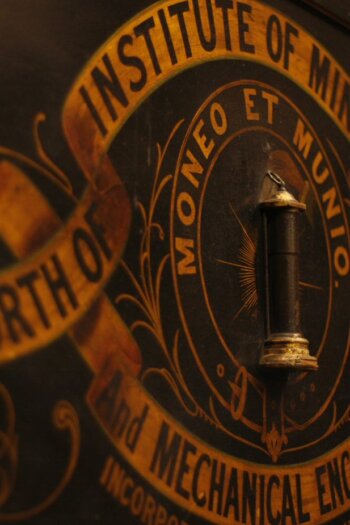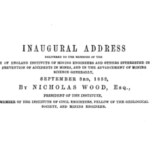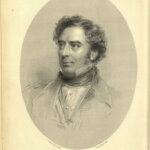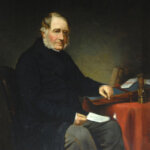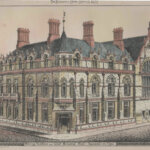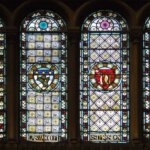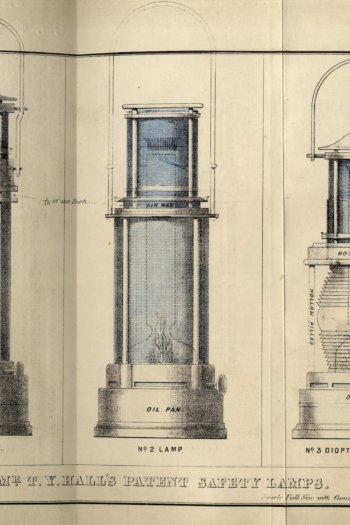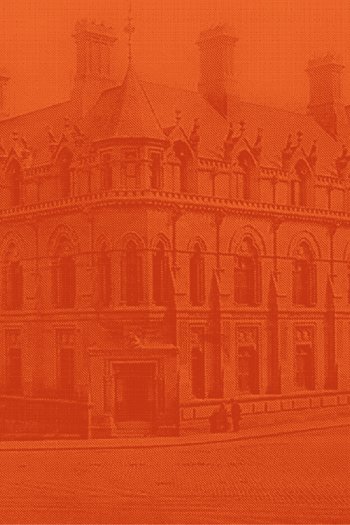3 July 1852
The Mining Institute is founded at a meeting of “colliery owners, viewers, and others interested in the Coal Trade”
It was proposed to form a society to improve safety in coalmines and to encourage the most efficient methods in the mining industry. It was to be called "The North of England Society for the Prevention of Accidents and for other purposes connected with mining", and Nicholas Wood would be chairman. It’s main area of concern was the Great Northern Coalfield of Northumberland and Durham.
